Glasgow Education Services CREATE was set up in 2016 to raise the profile of expressive arts and creativity as a means to raise attainment and achievement across the curriculum. Our focus is on supporting schools to think differently and creatively in order to equip children and young people with the knowledge, skills and attributes they need to thrive in our interconnected, digital and ever-changing world.
30 Days of Creativity is a partnership between Glasgow CREATE, Glasgow City Council’s digital learning project; ‘Connected Learning,’ and Apple. This project encourages children and young people to use technology as a platform not simply to consume digital content, but also to promote creativity in learning.
Apple launched a ‘30 Days of Creativity’ challenge worldwide a number of weeks ago and have now partnered with us to deliver a short creative challenge each day for 30 days which is fun for children, young people and their families to complete. New challenges go live at 1pm each day on the Glasgow CREATE Youtube channel, https://bit.ly/2YA4seP, where you will find video demonstrations for all our challenges so far.
The project was launched on 4 May and will run until 18 Jun, however, the challenges can be done in any order or revisited at any time.
We have seen a tremendous uptake so far from children, young people, families and teachers across Glasgow who are taking this opportunity to develop their digital literacy and creativity skills!
You can see what others have been doing during Glasgow’s 30 Days of Creativity by searching on Twitter for #CreativityForKids #GetGlasgowCreating and #GCCKeepsSafeKeepLearning.
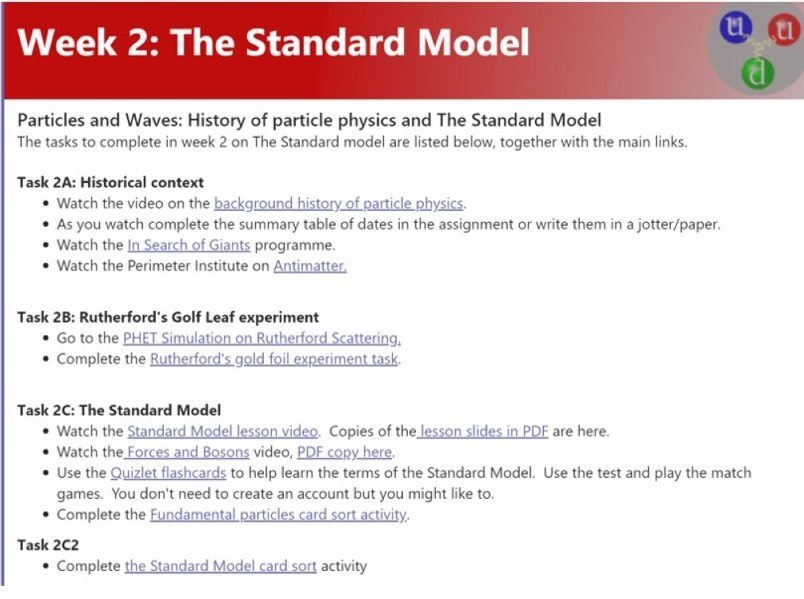

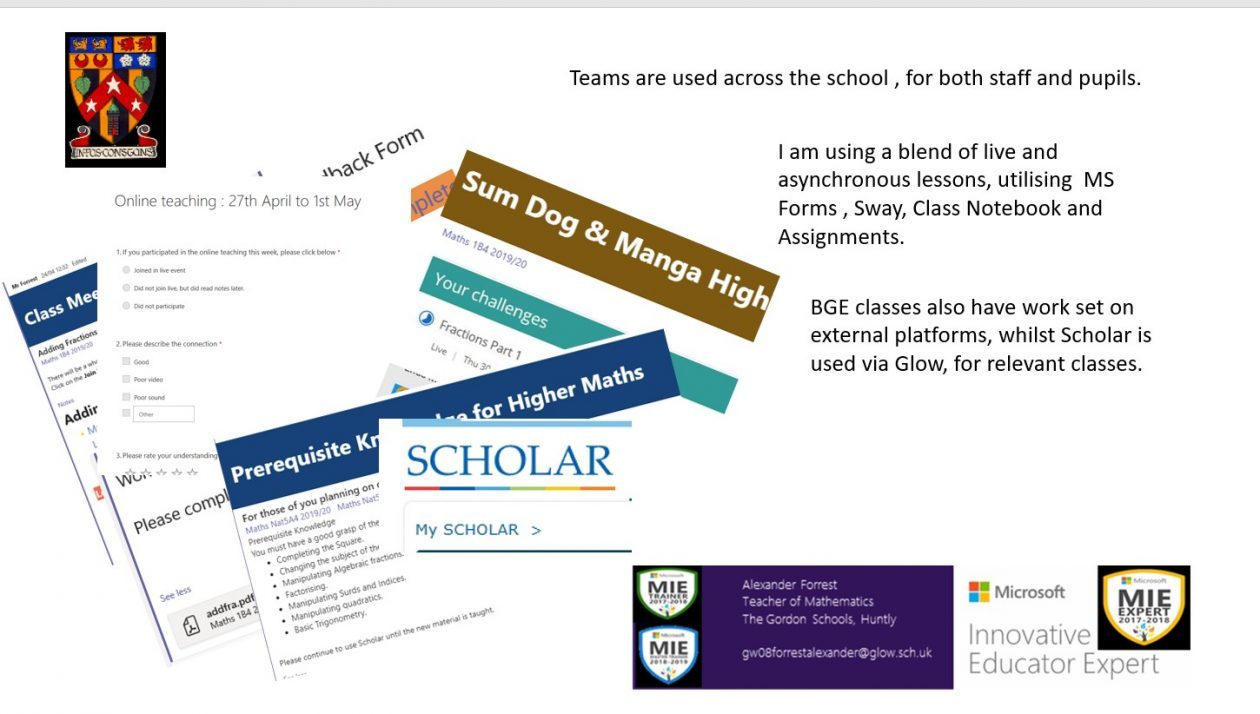

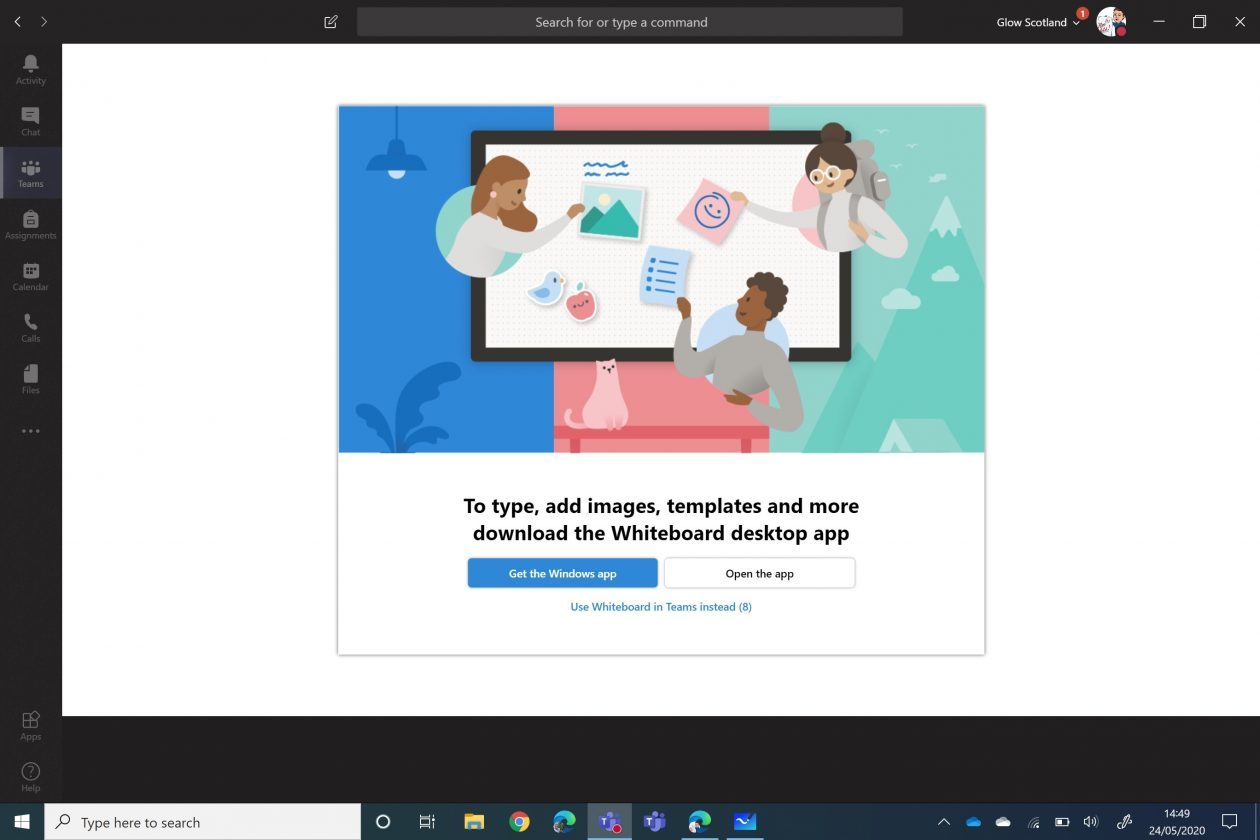

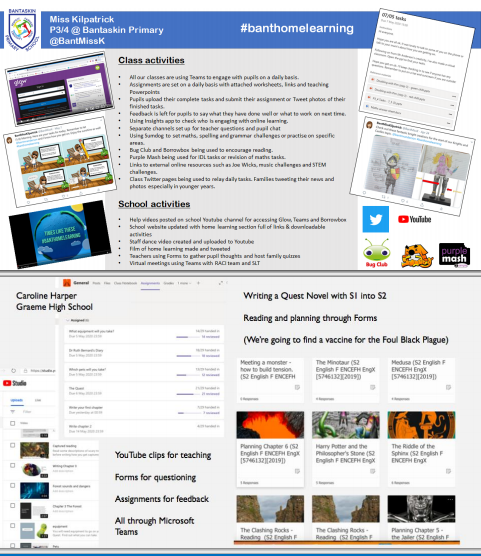
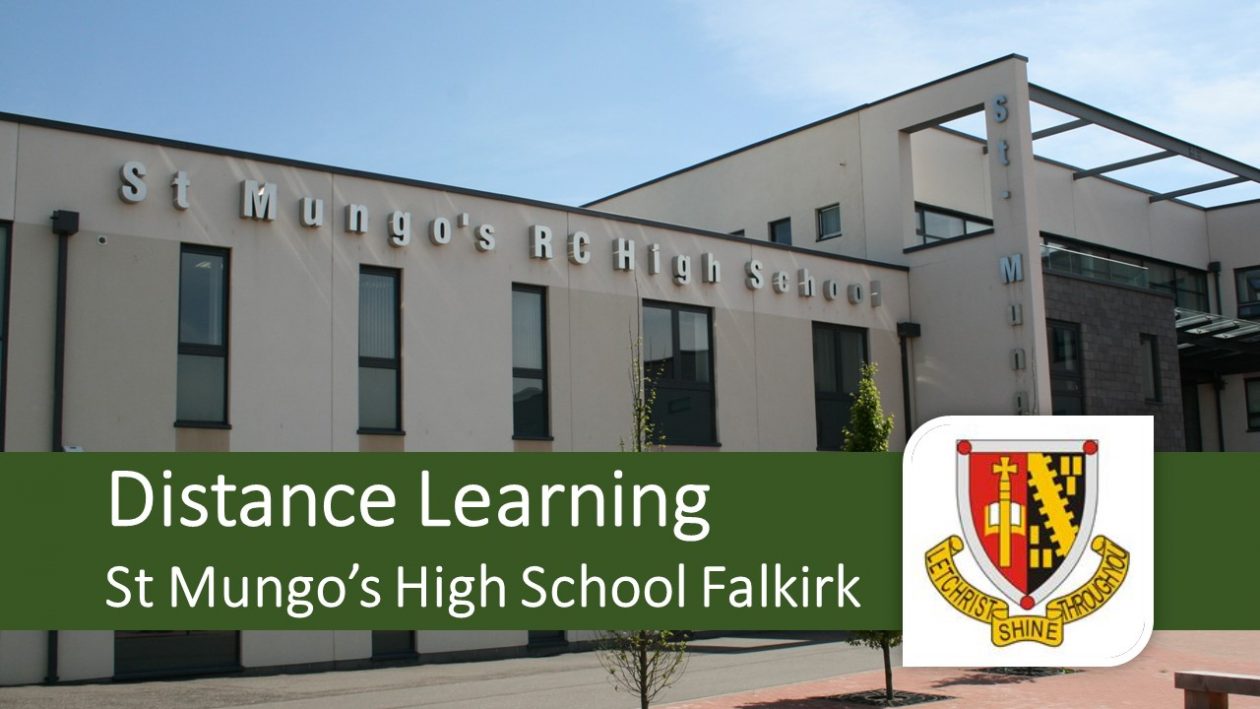
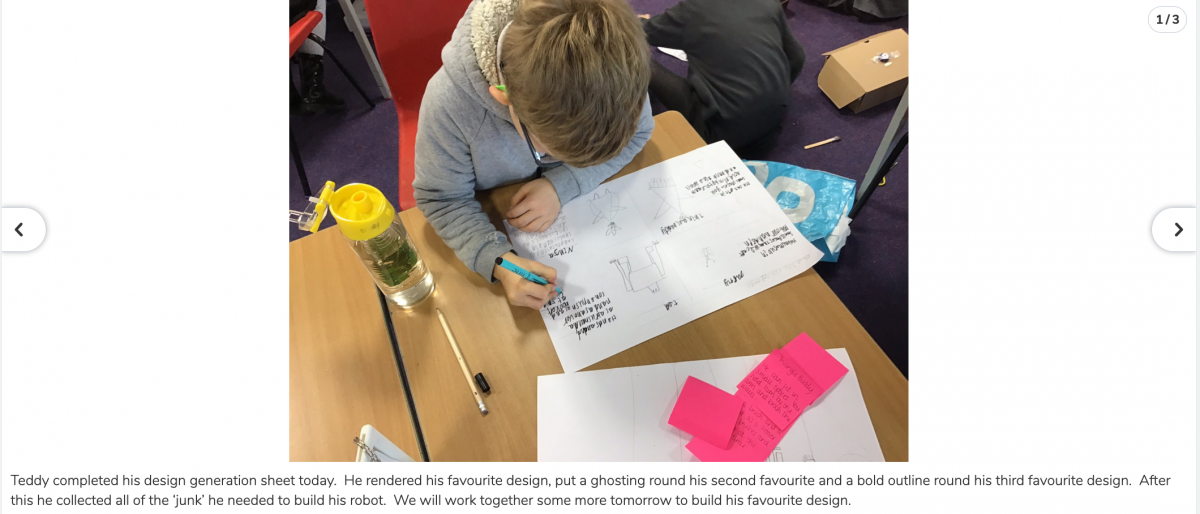
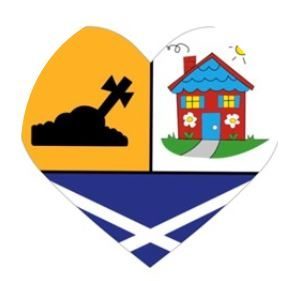
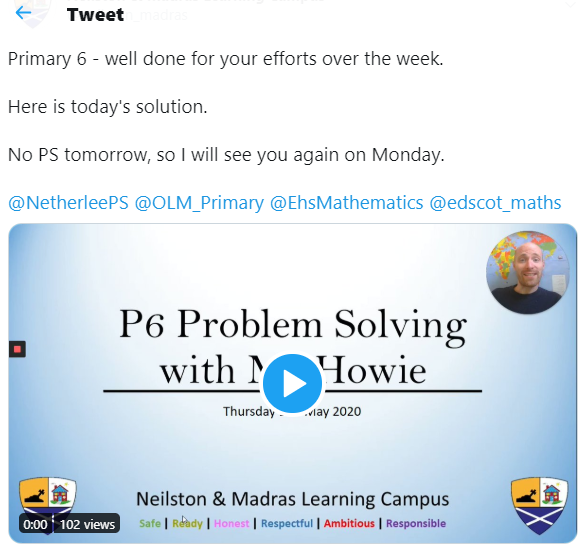
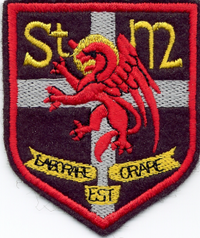
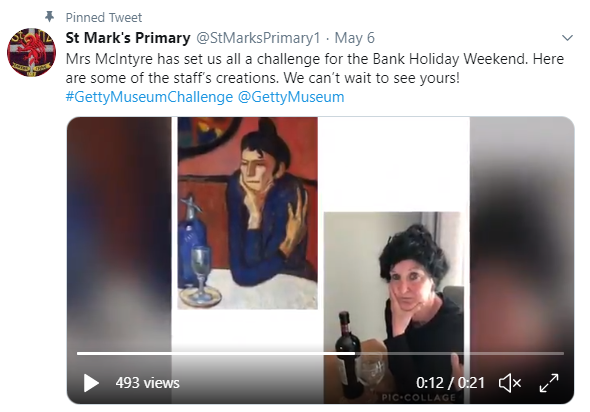

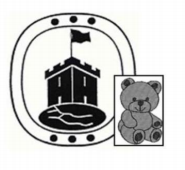
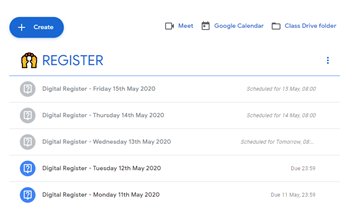
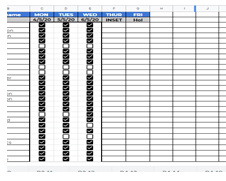
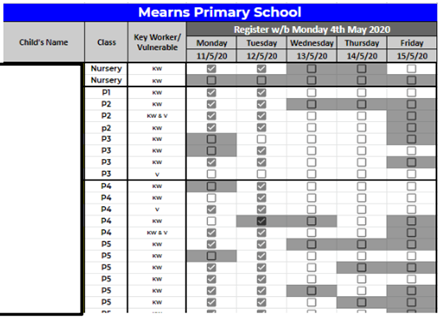

You must be logged in to post a comment.